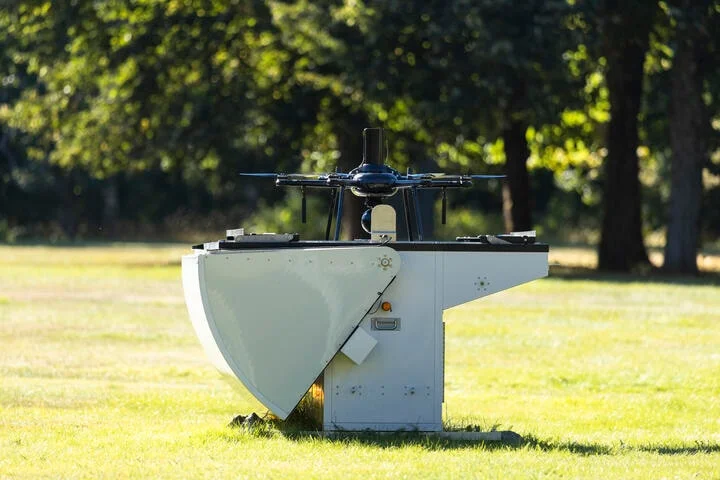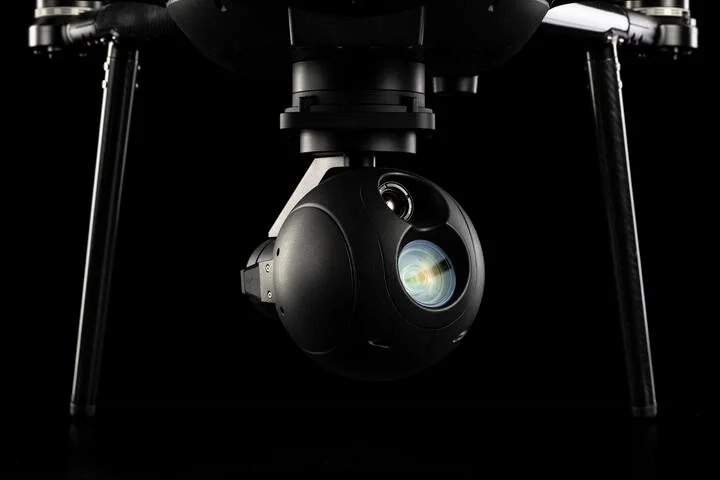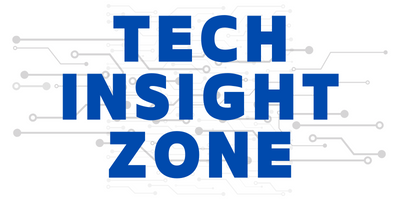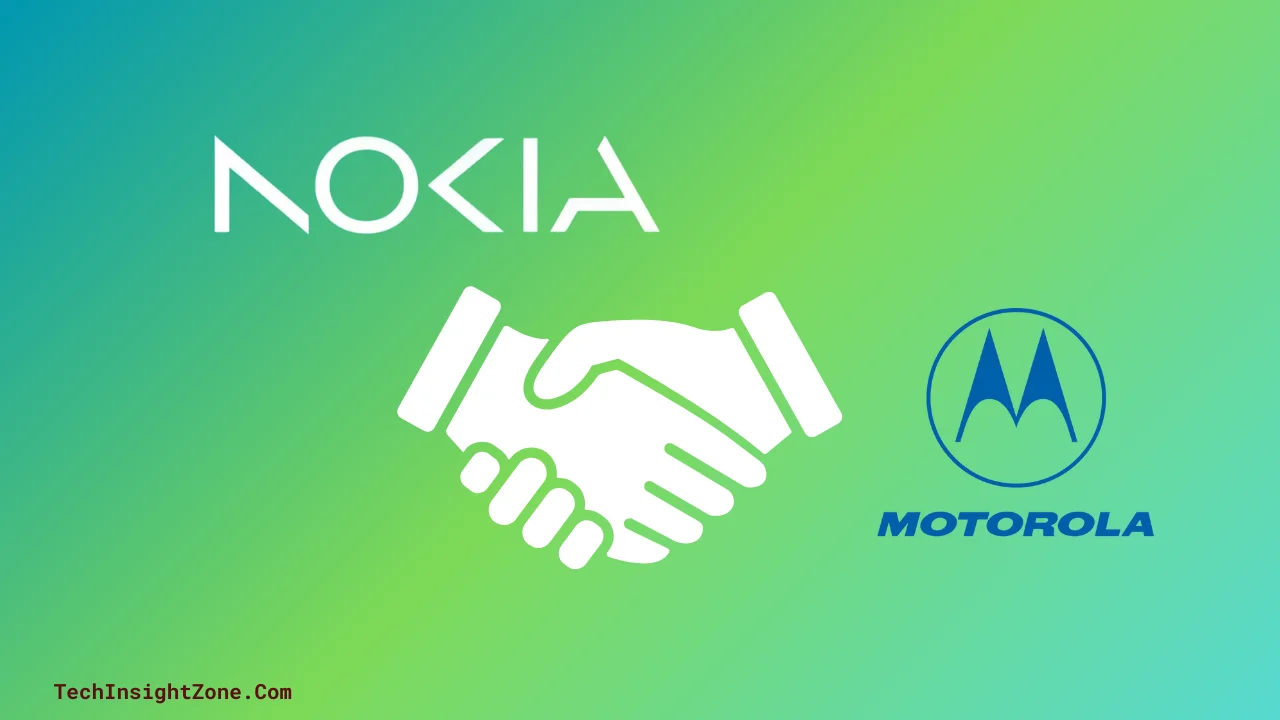Public safety agencies and mission-critical industries face ongoing challenges, including limited resources, reduced situational awareness, and worker safety risks. First responders often deal with delayed decision-making due to poor visibility during emergencies, while industries like energy and mining struggle with monitoring infrastructure in hazardous or remote locations.
Traditional tools such as helicopters or manual inspections are expensive, time-intensive, and frequently unsustainable. Addressing these needs, on December 12, 2024, Nokia and Motorola Solutions announced an AI-powered drone-in-a-box solution designed to enhance efficiency, safety, and sustainability in these critical sectors.
This innovative system integrates Nokia’s high-speed 4G/5G networks with Motorola’s CAPE drone software, providing organizations with autonomous, real-time solutions for enhanced decision-making and operational excellence.
What Is the Drone-in-a-Box Solution and How Does It Work?
The drone-in-a-box solution is a fully automated system that combines connectivity, artificial intelligence, and physical infrastructure to manage drone operations seamlessly. It simplifies tasks like aerial surveillance, environmental monitoring, and emergency response, ensuring swift, reliable data delivery with minimal human intervention.
Let’s break down its components, features, and functionality to understand what these tech giants are trying to do
1. Core Components and Functionality of the Drone-in-a-Box Solution

a. Nokia’s 4G/5G Connectivity Platform:
Nokia’s high-speed private wireless networks form the backbone of the drone-in-a-box solution, enabling Beyond Visual Line of Sight (BVLOS) operations. This connectivity supports high-definition, real-time data transfer over significant distances, making it ideal for monitoring infrastructure in remote or challenging locations.
It ensures seamless communication between drones and control centers, allowing drones to operate far beyond the operator’s immediate view.
b. Motorola Solutions’ CAPE Drone Software:
Motorola’s CAPE software enhances the operational intelligence of the drones. It includes features such as autonomous flight planning, real-time AI-driven analytics from drone sensors (like video feeds and environmental data), and safety measures like geofencing and obstacle avoidance to maintain safe operations.
The AI analyzes incoming data, offering actionable insights and guiding the drone’s navigation based on environmental conditions.
c. Drone-in-a-Box Infrastructure:
The drone-in-a-box infrastructure acts as a weatherproof operational hub, automatically handling the deployment, retrieval, and charging of drones. This unit ensures drones are ready for deployment 24/7 with minimal manual intervention. Once a mission is completed, the drone autonomously returns to the box for recharging and data upload, preparing for its next deployment.
Now, let’s talk about some of the features for a better understanding, after that we will see some real-life use cases for further sharpen our view on this advancement.
B. Key Features of the Solution:

- Autonomous Operations: The system provides fully automated drone deployment, navigation, and data analysis, significantly reducing the need for on-site operators.
- AI-Powered Decision-Making: Drones incorporate advanced obstacle avoidance and dynamic terrain adaptation, along with real-time analytics to provide actionable insights.
- Scalability: Multiple drones can operate simultaneously, ideal for large-scale operations or emergencies requiring widespread response.
- Sustainability: Drones offer a greener alternative to traditional tools like helicopters by significantly reducing carbon emissions and fuel consumption. Modular designs facilitate easy upgrades and minimize electronic waste.
- Enhanced Safety: Features like geofencing and Beyond Visual Line of Sight (BVLOS) capabilities ensure that drones operate securely within designated zones, even in complex or hazardous environments.
3. Real-world Applications of this New Drone Tech

a. Public Safety Applications
The Chula Vista Police Department in California has already conducted over 21,000 drone missions under the Drone as First Responder (DFR) program using Motorola’s CAPE software. These drones are dispatched ahead of responders to:
- Assess situations in real time.
- Improve coordination between teams.
- Enhance officer safety by providing aerial intelligence before personnel arrive on the scene.
For example, drones equipped with thermal imaging can locate missing persons during nighttime search-and-rescue operations or help identify fire hotspots in active blaze zones.
b. Industrial Operations
Nokia’s private wireless networks enable drones to inspect infrastructure in challenging environments, such as:
- Offshore wind farms: Drones can identify wear-and-tear on blades, reducing the need for risky human inspections.
- Mining sites: They monitor equipment and site conditions in hazardous areas without endangering workers.
- Logistics hubs: Drones provide inventory and security checks over expansive areas efficiently.
By replacing helicopters with drones for these tasks, organizations can significantly reduce operational costs and reduce carbon emissions by up to 90%.
Nokia’s modular design ensures long-lasting technology that minimizes electronic waste, and the system’s open architecture allows easy upgrades, extending its lifecycle.
Here is what industry leaders think about it:
Jehan Wickramasuriya, Corporate VP of AI at Motorola Solutions, emphasized: “This drone-in-a-box solution furthers our commitment to drone innovation that seamlessly fits within our customers’ current workflows to give actionable live-stream insights while simplifying evidence collection.”
Stephan Litjens of Nokia highlighted the vision for a sustainable and connected future, and said: “Together, we are setting technology best practices in drone connectivity and AI, transforming drones into daily helpers for public safety and mission-critical operations.”
So, all these seem a win-win for the drone industry. As Nokia and Motorola Solutions continue to promote this new technology to more companies and drive adoption, we will have to wait to see the real outcome. Once more companies start using this technology, it will provide deeper insights into its full potential and impact across various sectors.
Final Word
The integration of advanced drone technology from Nokia and Motorola Solutions represents a significant leap forward in public safety and industrial operations. By combining high-speed connectivity, AI-driven decision-making, and automated drone deployment, these systems are set to redefine how industries manage complex tasks in remote and hazardous environments.
The adoption of such technologies not only enhances efficiency and safety but also promotes sustainability, making them an attractive solution for various mission-critical sectors.
Furthermore, for those interested in cutting-edge technology innovations, you might also find IBM’s recent breakthrough in optical technology relevant.
Explore, how their new co-packaged optics (CPO) technology, aims to supercharge AI speed and data processing efficiency by replacing traditional electrical interconnects with high-speed optical pathways.
This advancement could potentially revolutionize data center performance and is a compelling complement to the advancements seen in drone technology.




